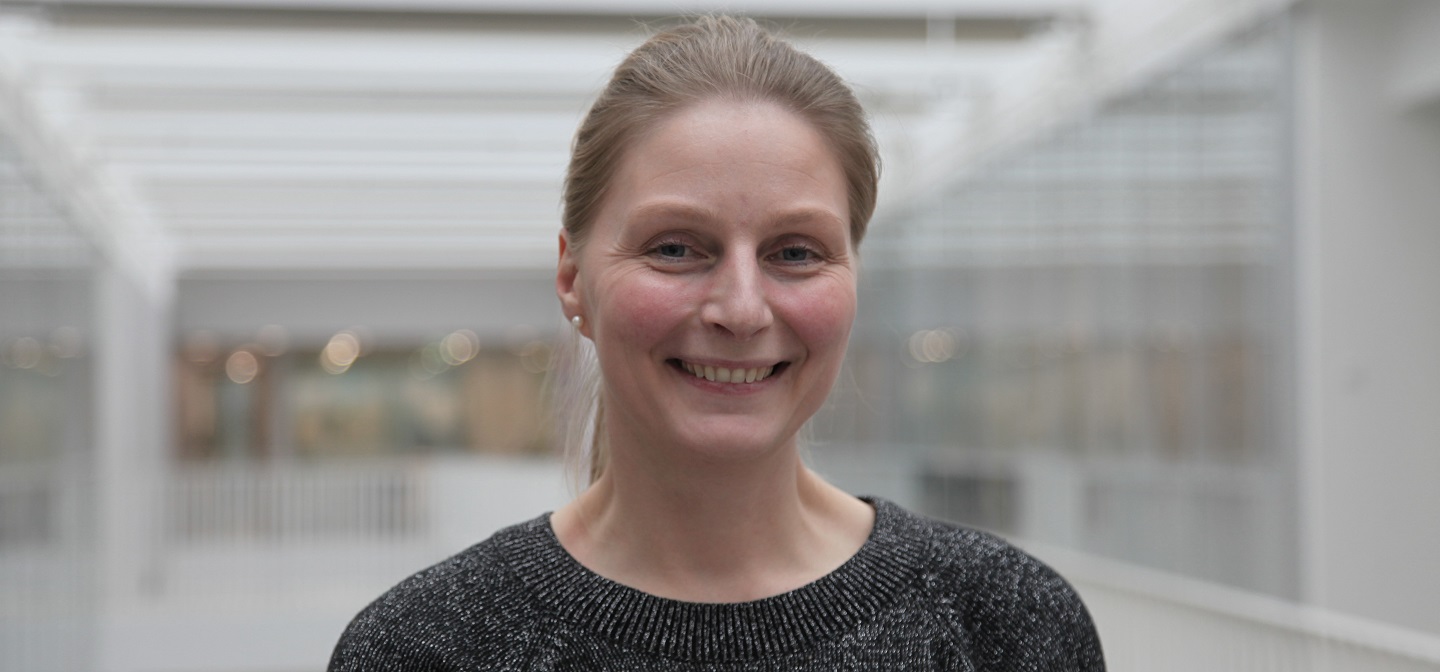
Do nano domains influence on how medicine work?
Medicine typically works by attaching itself to proteins, but why does some medicine work while other medicine does not? Researchers have taken on the task of revolutionising our understanding of how substances move through cells.
- When I look at them through the microscope, I just get completely engrossed. It's so incredibly exciting, says Assistant Professor Eva Arnspang Christensen from SDU Biotechnology.
She is fascinated by nano domains. Molecules that gather on the outside of cells in the cell membrane. And which can be seen through very special microscopes.
41-year-old Eva Arnspang Christensen is one of the researchers who have received a grant from Villum Foundation's Young Investigator Programme. She has received DKK 8 million to try and reach her ambitious goal of revolutionising our understanding of how substances move through cell membranes. The goal will be reached by building an advanced 4D microscope.
VILLUM FONDEN: DKK 153 million for 18 young research talents
Significant for the effects of medicine
Most of today's medicine works by attaching itself to proteins, which sit in the cell's membrane. Eva Arnspang Christensen thinks that protein's presumed tendency to assemble in nano domains can ultimately have an influence on how effectively medicine works.
- It's uncharted territory, but I have an idea that fat substances and proteins gather in the membrane in nano domains. Nobody has actually seen that this is the case, but that's my hypothesis, and that's what I'm going to investigate, explains Eva Arnspang Christensen.
Cells are bounded by membranes. They consist of a double layer of lipids, which contain fat substances. But membranes are not fixed materials. Membranes are like a liquid in which a large amount of lipids and proteins swim around more or less freely.
But Eva Arnspang Christensen has an idea that lipids and proteins do not float around randomly but rather have a tendency to assemble in small domains, and this can ultimately have an influence on how effectively medicine works. Using the microscope, she will map the exact locations of proteins on the cells and how they interact and situate themselves:
- I haven't cured a disease, but it's absolutely certain that this will be a compelling discovery, which Novo Nordisk and other large medicinal companies will be very interested in.
Stubbornness and tenacity
During her career as a researcher, Eva Arnspang Christensen has been employed in the laboratory at the National Institutes of Health in Maryland, USA, which was awarded the Nobel Prize in Chemistry in 2014.
Now, she is putting together a research group of her own and hopes that they can contribute to new molecular biological breakthroughs. Her ambition, stubbornness and tenacity stem from her childhood.
- I can thank my parents for my refusal to give up. I go on and on, and if something doesn't succeed, I still know that I'm good enough anyway. And then I carry on again. I think you need that to be a researcher. You don't only need creativity but stubbornness too.